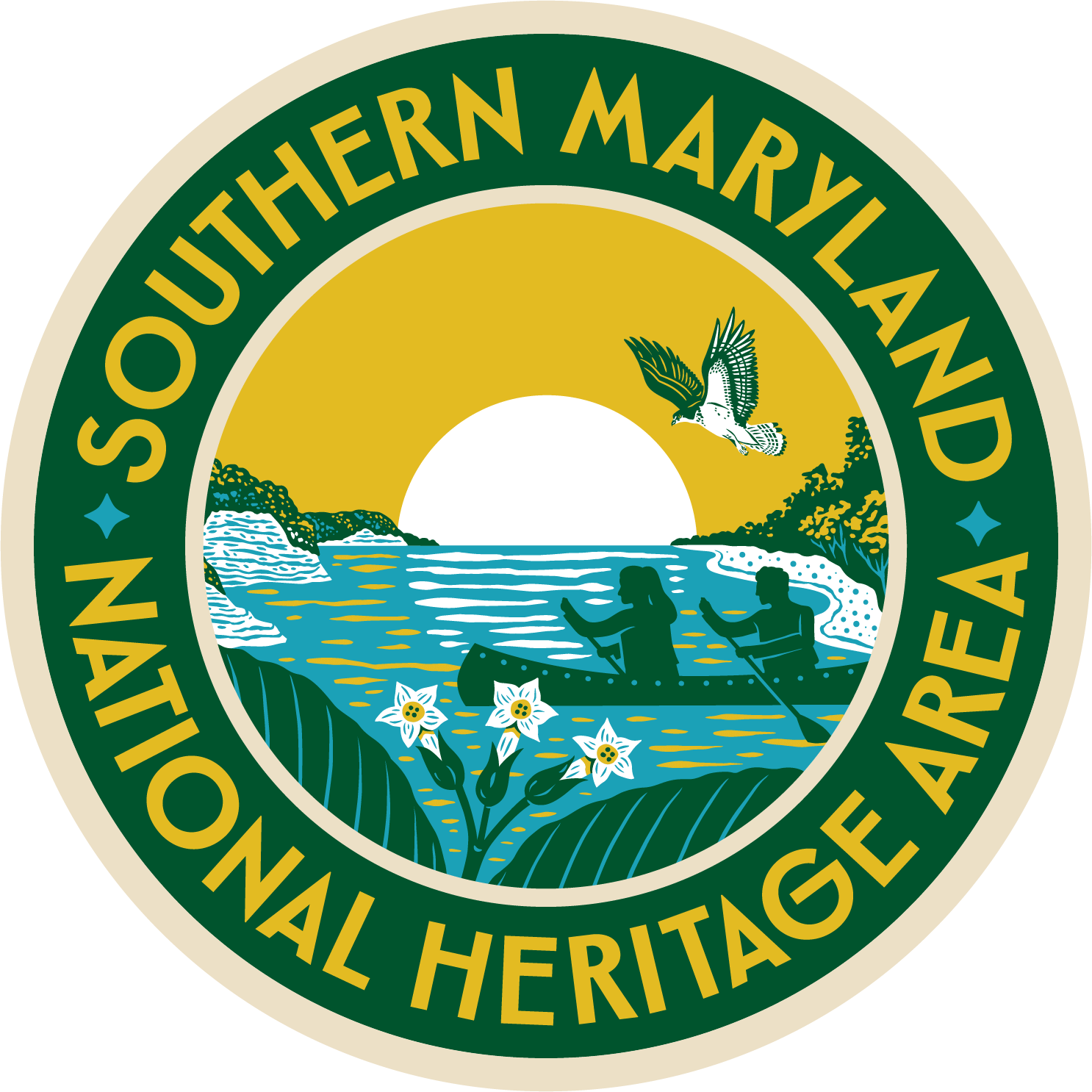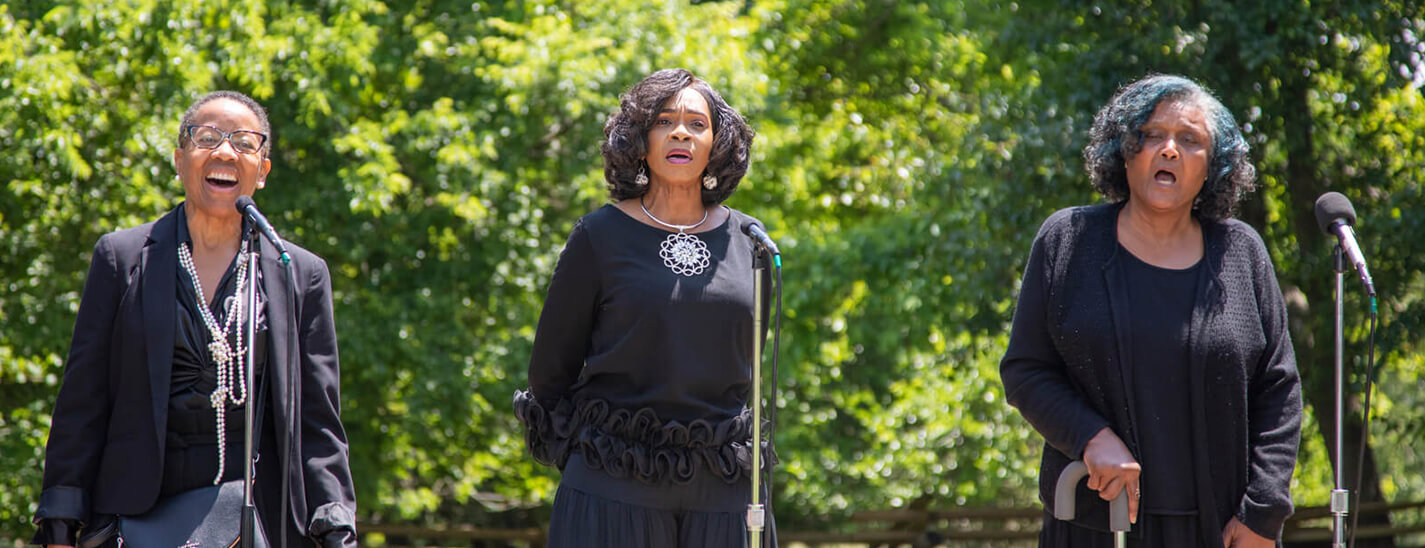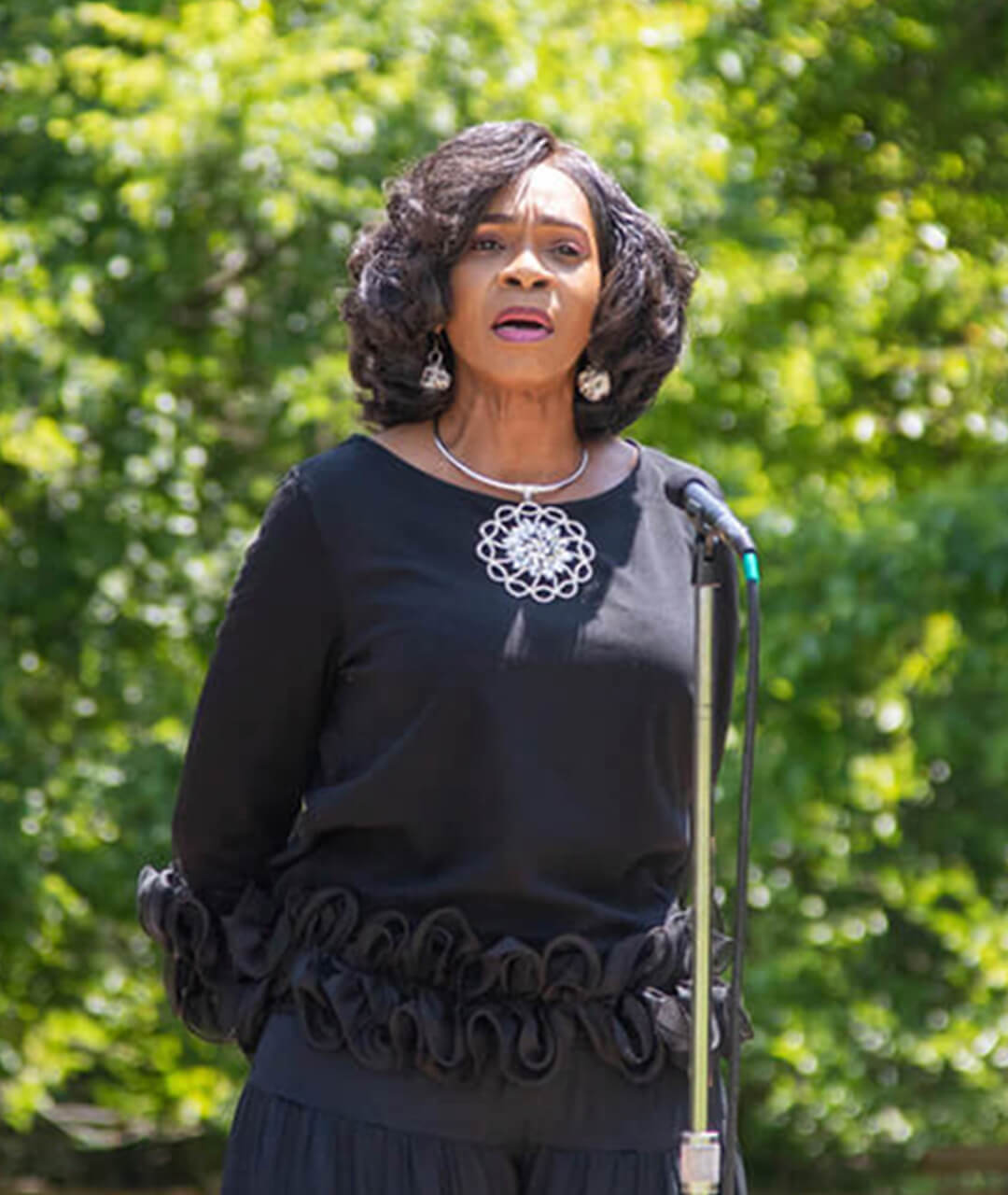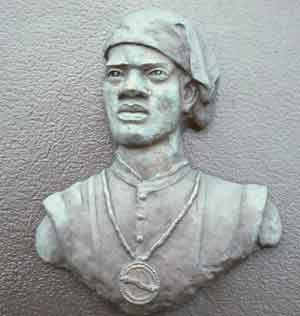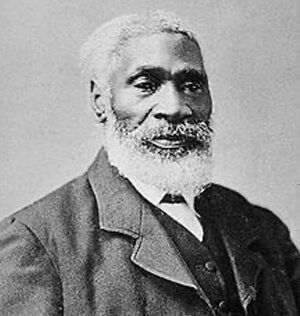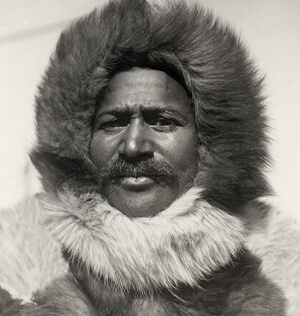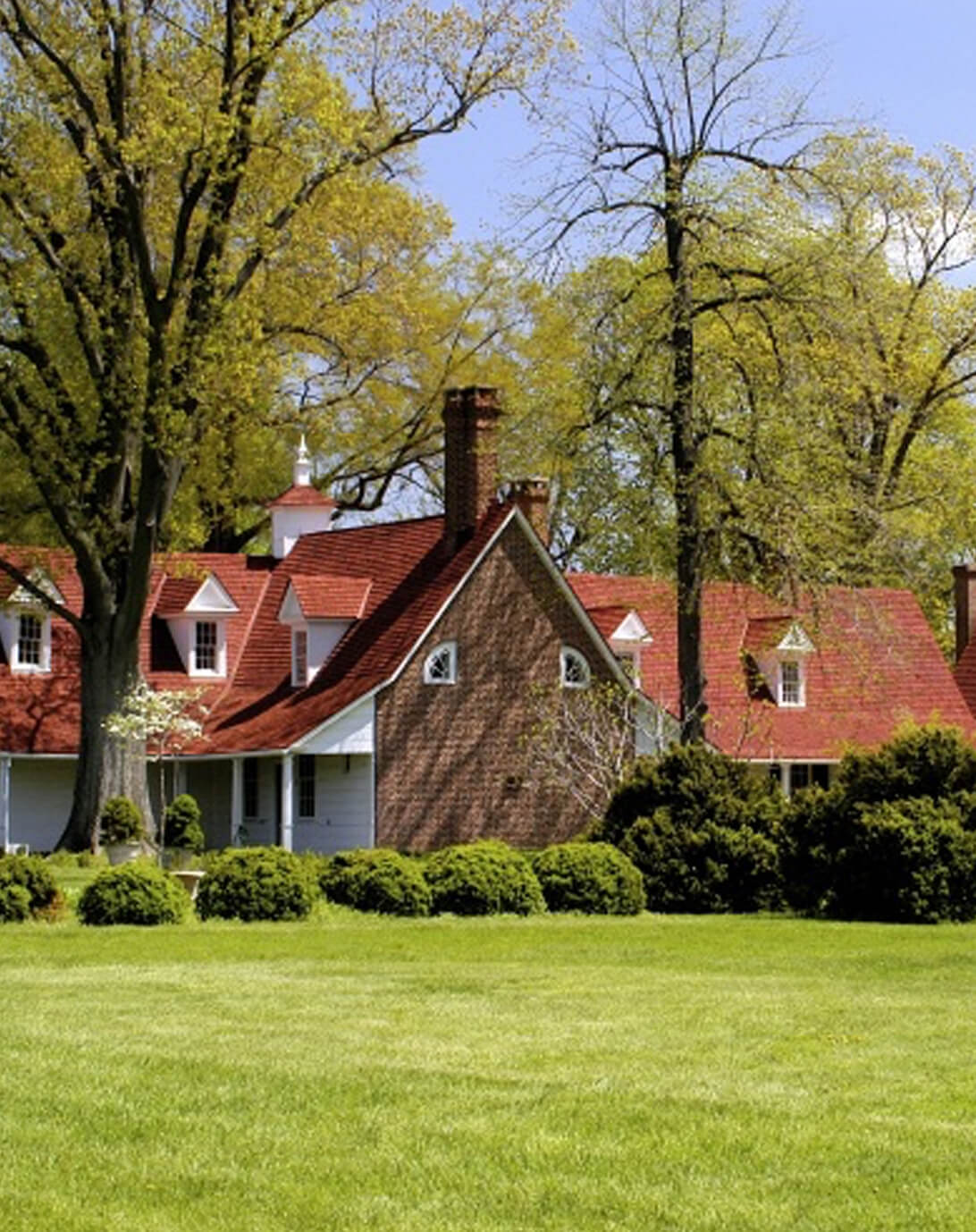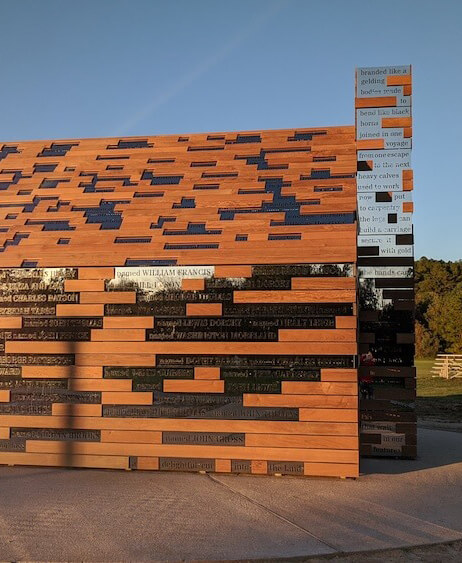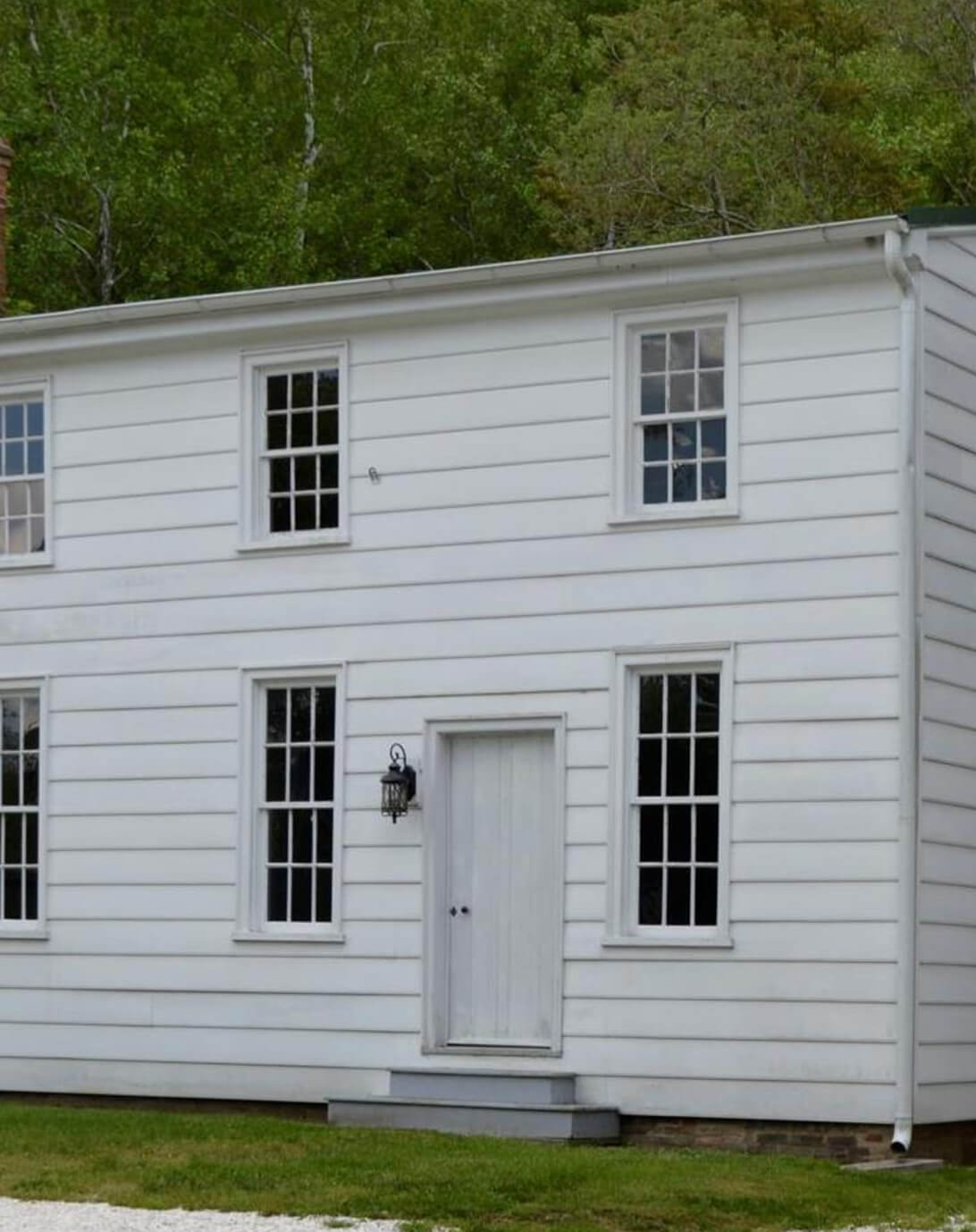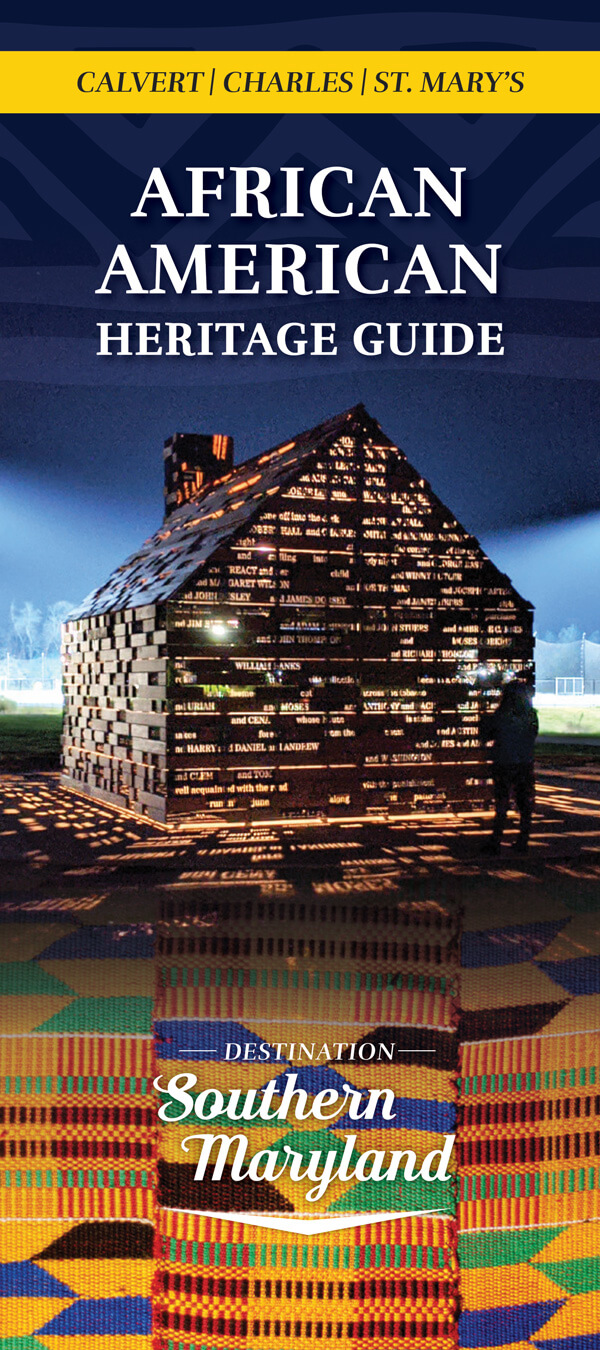Southern Maryland is the home of the first person of African descent to serve in a legislature in America. His name was Mathias de Sousa and he was one of the original colonists to arrive on the Ark in 1634.
Southern Maryland is also the place where Josiah Henson was enslaved, and the place of brutality he wrote about in his later autobiography, which became the basis for Harriet Beecher Stowe’s “Uncle Tom’s Cabin.”
Possibly a descendant of Josiah Henson, Mathew Henson was also from Southern Maryland and he was one of the first people to reach the North Pole along with Admiral Peary in 1909. There are so many more stories than these, both of triumph and of pain. Come walk the paths of these remarkable people and help us all to remember them.
